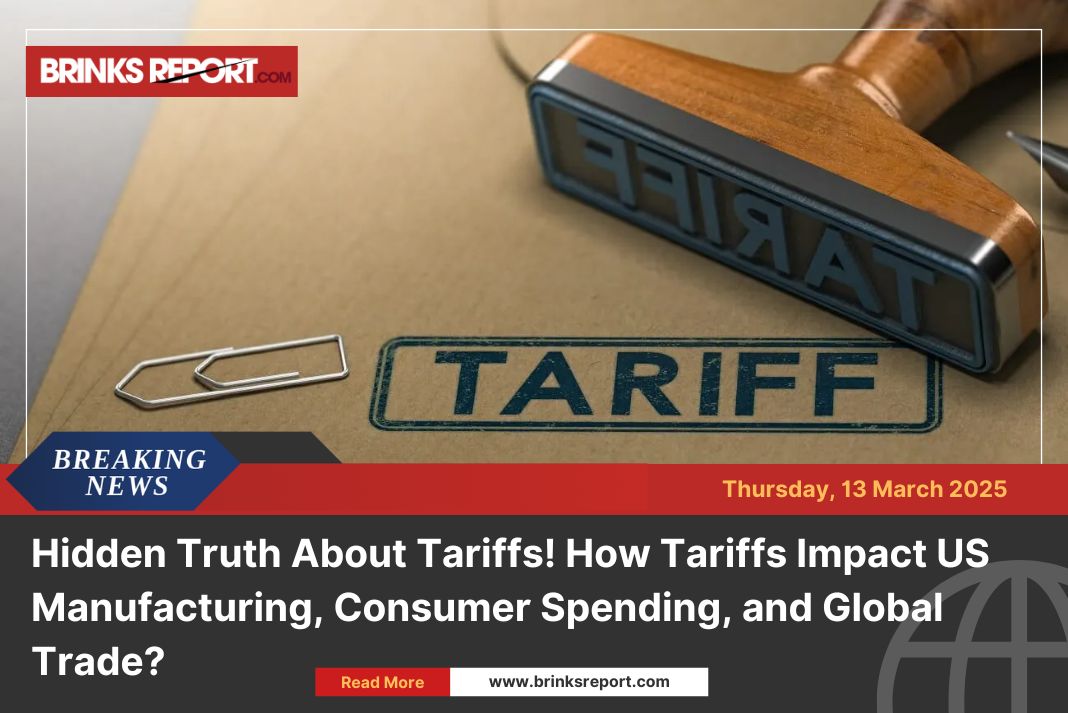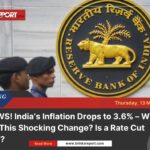
Tariffs have been used for a long time as a way for governments to shape trade and protect local businesses. These taxes on imported goods make foreign products more expensive, encouraging people to buy items made in their own country. This can help local industries grow and create jobs.
Recently, experts like Stephen Schwarzman of Blackstone have discussed how the US’s new tariff policies might boost economic growth and affect global trade. In this article, we’ll explore how tariffs impact manufacturing, consumer spending, and the overall economy.

Also Read: Canada’s C$29.8 Billion Tariffs: Reshaping North America’s Future
What Are Tariffs?
Tariffs are taxes placed on imported goods by a government. The main purpose is to make imported products cost more, so local businesses can compete better. While tariffs can help local industries grow and create jobs, they also have downsides, such as increasing prices for consumers and causing trade conflicts with other countries.
How Tariffs Affect US Manufacturing?
The US often imposes tariffs to support its local industries. When foreign products become more expensive, more people may choose to buy locally made alternatives. This can lead to several benefits:
- More Jobs: As demand for local products rises, businesses hire more workers.
- Increased Investment: Companies may spend more on factories, new technology, and research to stay competitive.
- Less Dependence on Imports: Relying more on locally made goods can improve national security and economic stability.
For example, tariffs have previously helped the US steel industry by increasing production and creating jobs. However, for industries to truly succeed, they must also focus on innovation rather than just relying on tariffs.
How Tariffs Affect Consumer Spending?
Tariffs are mainly designed to support manufacturing, but they can also impact consumer spending. Some potential benefits include:
- Higher Wages: If more jobs are created in manufacturing, workers may earn more money, leading to higher consumer spending.
- Economic Growth: When local industries grow, other businesses also benefit, leading to a stronger economy.
- Better Availability of Goods: Initially, tariffs may increase prices, but over time, if local production grows, prices may stabilize or even drop.
However, not all effects are positive. Some products, especially those with few local alternatives (like electronics), might become more expensive, reducing purchasing power for consumers.
Challenges of Tariffs
While tariffs can help local businesses, they also bring challenges:
- Trade Retaliation: Other countries may impose their own tariffs on US goods, making it harder for American businesses to sell abroad. For example, China has placed tariffs on US exports in response to past policies.
- Higher Prices: Products like machinery and electronics may become more expensive, making it costlier for both consumers and businesses.
- Supply Chain Disruptions: Many products rely on parts from different countries. Tariffs can increase costs and cause delays in production.
More Read: Trump’s 25% Aluminum Tariffs: A Bold Move or a Global Trade Time Bomb?
Global Impact of Tariffs
Tariffs don’t just affect the US—they have worldwide consequences. Other countries may change their trade policies in response, leading to shifts in global economic power.
For example, developing countries like India, which rely on exports to the US, might face difficulties if tariffs are placed on their products. At the same time, they might see opportunities to grow their own manufacturing industries.
Conclusion
Tariffs can help US industries grow and create jobs, but they also come with risks. Higher prices, trade conflicts, and supply chain disruptions can harm both businesses and consumers. While tariffs may provide short-term benefits, long-term economic success depends on careful planning, innovation, and balancing trade relationships with other countries.
As the US moves forward with its trade policies, it is important to consider both the benefits and challenges to ensure a strong and stable economy.












